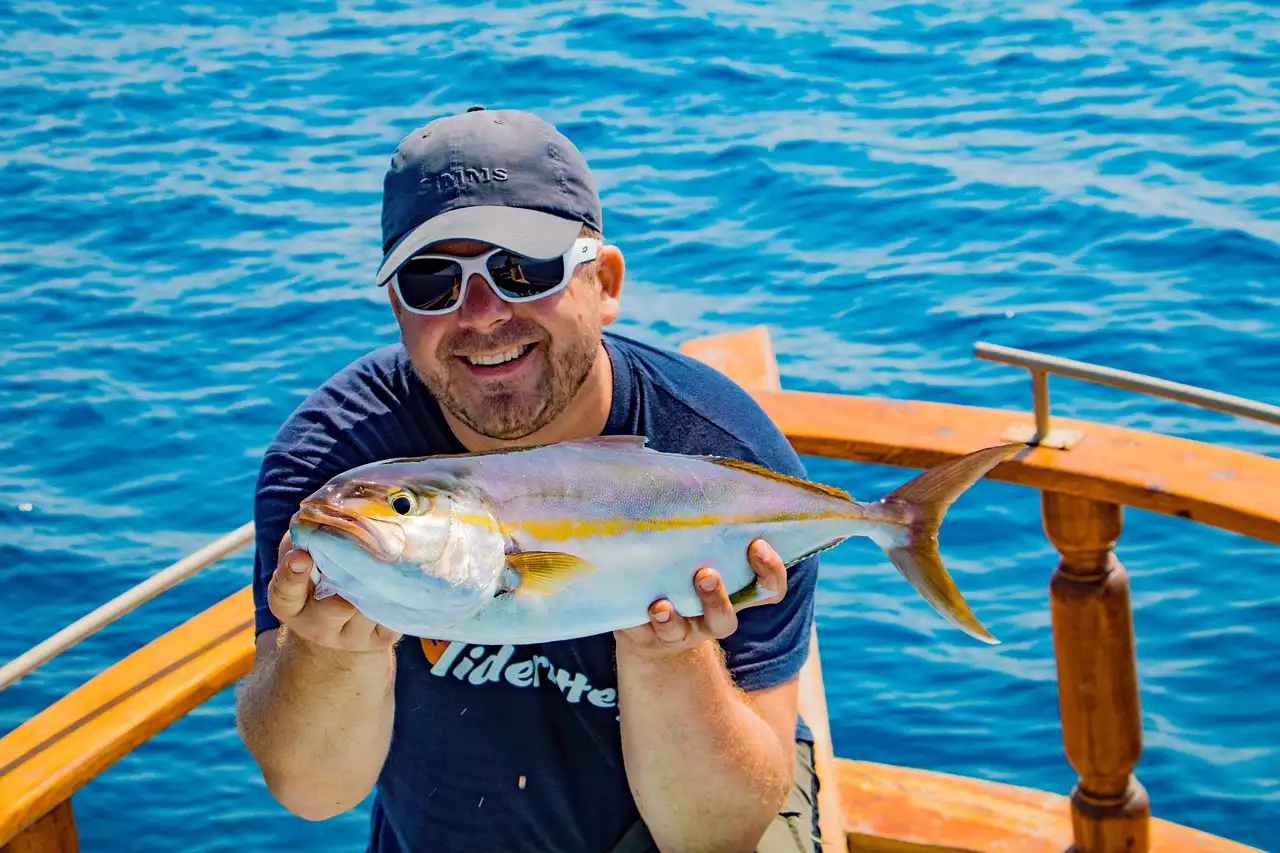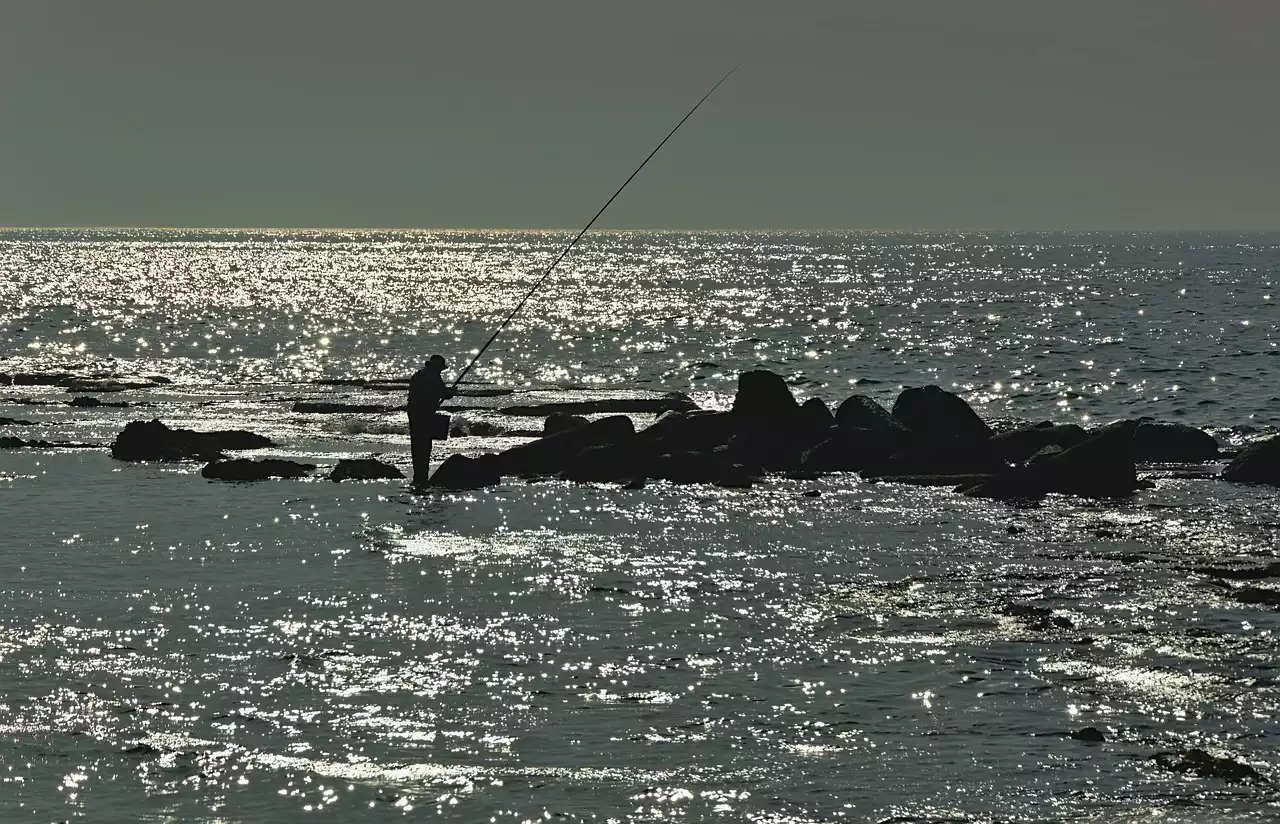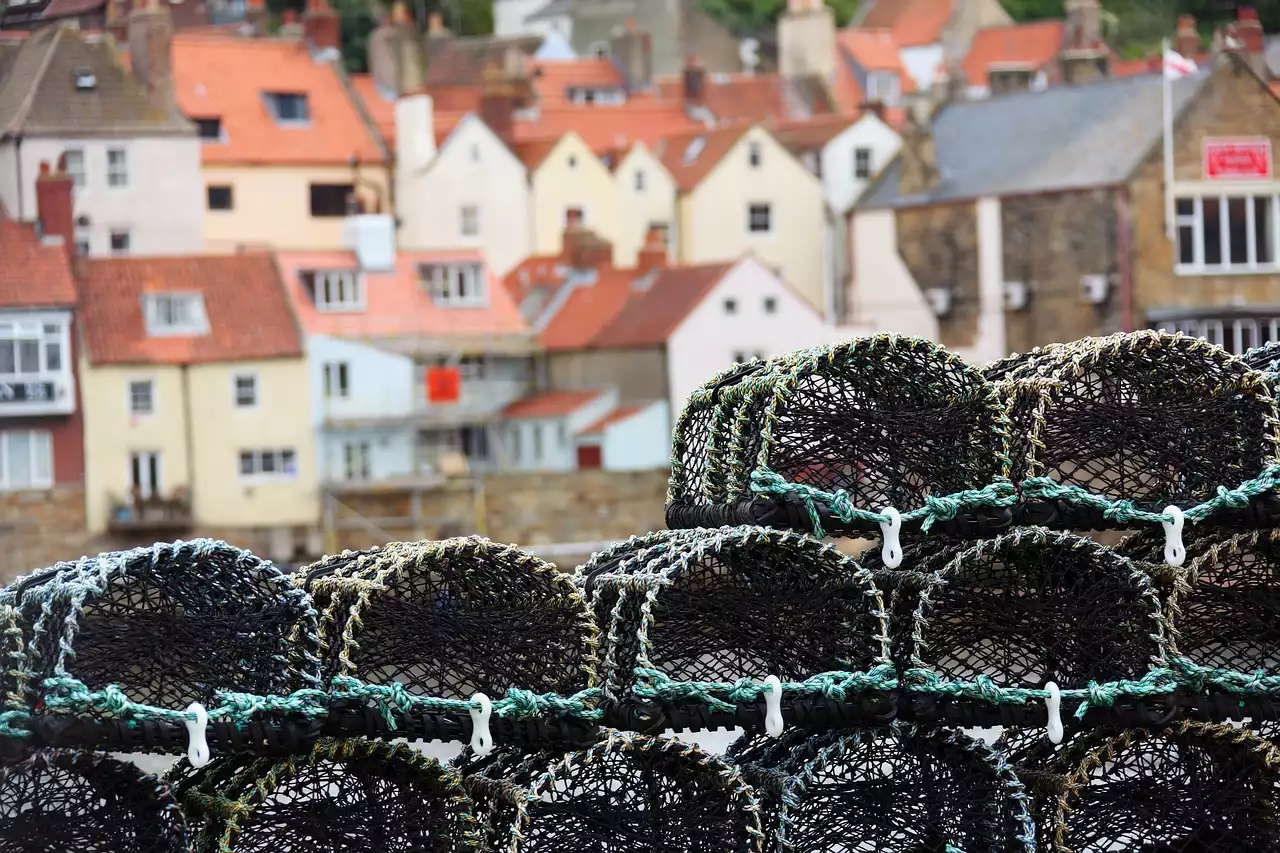What is a Giant Tuna Tournament?
A giant tuna tournament is a fishing competition where contestants are trying to catch the largest bluefin tuna of the season. It’s a fairly new sport that’s growing in popularity, especially in Japan. Some tournament groups also hold competitions outside of Japan, but these usually have a smaller prize pot. When it comes to giant tuna fishing, the biggest and strongest is the most desirable catch. Some of the giant tuna caught in tournaments weigh upwards of 1,000 pounds. The goal is to catch a fish that is as close to the maximum weight as possible. There are two main categories of tournament fishing: live-bait fishing and trolling. Live-bait fishing is where anglers drop bait at the end of a line, and it’s then dragged behind a boat. The tuna are attracted to the movement of the bait and bite on the line. Trolling is where anglers use lures to attract the fish.
How do you catch a giant tuna?
The very first thing you’ll need to do if you want to catch a giant tuna is select the right fishing gear. Bluefin tuna are huge fish, so you’ll need a strong rod and reel, as well as a heavy line. If you don’t have the right equipment, you’ll struggle to reel in a giant tuna. You’ll also need plenty of strength, which is why giant tuna fishing is normally done by two people. The best fishing rods are long, heavy, and have high-quality reels. You can also use a trolling rod to cast live bait. You’ll also need a strong line that’s designed for catching larger fish. Most people use monofilament line, which is very strong and abrasion resistant. A high-quality line will last for many seasons of giant tuna fishing. You’ll also need a heavy-duty reel that can take on the extra weight of a giant tuna. When it comes to terminal tackle, you can use a large hook, a large swivel, and a large amount of bait. The best bait for giant tuna fishing is mackerel, sardines, squid, or herring. You can also use a lure if you want to troll for giant tuna.
When and where are these tournaments?
There are giant tuna tournaments held all year round, but they tend to peak in the spring and summer months. Some tournaments are held in the Atlantic Ocean, while others take place in the Pacific. If you’re planning to enter a tournament, be sure you know the location of the tournament and when it’s happening. If you’re a member of an angling club, you may be able to find out when the next tournament will be held. You can also visit online forums where anglers discuss tournaments. You may also be able to find information on tournament dates at local tackle shops.
What’s the benefit of catching a giant tuna?
The first and most obvious benefit of catching a giant tuna is the bragging rights! Catching a giant tuna is harder than it looks and only a few people catch one every year. Giant tuna also has many health benefits. They contain high levels of omega-3 fatty acids which can reduce blood pressure, improve cardiovascular health and even protect against depression. The best way to preserve tuna is to freeze it. Freezing tuna at a low temperature preserves its taste and texture. You can use frozen tuna in many dishes, from casseroles to pastas. Another benefit of giant tuna fishing is that it’s a great way to spend time with friends. It’s also a great excuse to head out to the open ocean and enjoy the sights and sounds of the sea.
How much does it cost to enter one of these tournaments?
Like most fishing tournaments, the entry fee for giant tuna tournaments varies. Some tournaments have an entry fee of $1,000, while others ask for $3,000 or more. The entry fee is usually used to pay for prizes and expenses, such as fuel and water. If you’re fishing with a club, you may be able to get a discount on the entry fee. You may also be able to negotiate a cheaper entry fee if you enter with a group of people. Some tournaments also require contestants to make a deposit when they enter. This is to ensure that contestants show up for the tournament and don’t drop out at the last minute.
The gear you’ll need to catch a giant tuna
If you’re trying to catch a giant tuna, you’ll need to have the right gear on hand. You’ll need plenty of large hooks, a large swivel, and a large amount of bait. You’ll also need a reel that can take the weight of a giant tuna. A strong reel is essential if you want to catch a giant tuna. If your reel isn’t strong enough, you risk losing the fish. A strong reel also helps you to pull in the tuna more efficiently. A good-sized reel can also work as a preventative measure against losing the fish. If your reel is too small, there may not be enough room for a giant tuna to be reeled in.
Steps to catching a giant tuna in a tournament
If you’re planning to enter a giant tuna tournament, the first thing you’ll need to do is join a fishing club. This will give you access to other anglers who know the best ways to catch giant tuna. Joining a club will also give you access to coaching, tips and tricks, and equipment. Once you’ve joined a club, you’ll want to make sure you have the right gear. You’ll also want to track the weather, as it can affect where the tuna travel. You may also want to consult an expert who can provide you with information about the best fishing spots. You’ll want to make sure you have the right terminal tackle for catching a giant tuna. You may want to invest in a heavier reel that can take the weight of a giant tuna. The last thing you want is to lose a giant tuna because your reel isn’t strong enough.
Fishing is one of the oldest sports in the world and continues to be popular, especially among anglers who like to catch and eat their own fish. While most people fish for smaller species like trout, salmon, and bass, some fishermen enjoy the challenge of catching larger fish like sharks, tuna, and marlin. Giant tuna tournaments are one example of a specialized fishing tournament that challenges anglers to catch larger and larger fish with each passing year. While giant tuna tournaments may sound like fun, they require special skills, knowledge, and equipment that aren’t required to catch smaller fish.








